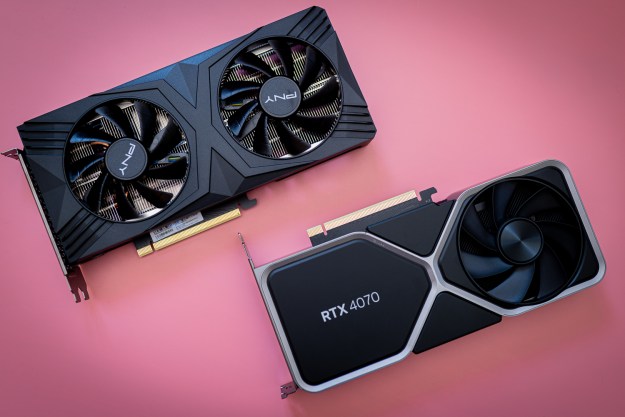
As the slated 2020 launch for Intel’s Xe graphics cards inches closer, more details are slowly emerging, with the latest being that the new line of chips will debut at entry-level pricing.
According to a roughly translated Russian-language interview with Raja Koduri, Intel’s Chief Architect and Senior Vice President of Architecture, the upcoming GPUs will debut at around $200. This price quote aligns well with previous rumors indicating that the hardware is intended less for gamers and more for data centers and creative digital artists. The former will want to acquire GPUs cheaply in bulk and the latter may not be interested in paying a premium for overpowered performance.
A strategy of starting at the base of the consumer computing pyramid is not surprising in itself, but a price tag in the $200 range may be remarkable if other new and existing whisperings are to be believed. The biggest new piece of evidence is that, in the same interview, Koduri suggested that the chips would feature the higher-spec high-bandwidth memory (HBM), which is still on the expensive side when weighed against a comparable amount of GDDR6 memory.
It’s not clear whether all the Xe GPUs will sport HBM memory or just the data center lineup, but in either case, it would be incredible to offer any amount of HBM memory in the $200 range. If this is indeed the case, it may be that Intel has mastered the 3D fabrication that HBM requires with takeaways from its Foveros technique.
There is also a good chance that Intel Xe will feature ray tracing right from the start, which would be truly novel for any GPU manufacturer at present, especially for the entry-level product line the Intel GPUs appear to be groomed for. This could be a gambit to outflank an Nvidia that is caught between AMD’s reticence toward ray tracing (as evidenced by the functionality’s marked absence from its Radeon RX 5700 and 5700 XT) and Intel’s apparent commitment to introducing it to their chips early and often. On the other hand, it’s just as likely that Intel is viewing the future of ray tracing as optimistically as Nvidia is and just holding their cards closer than their competitor.
Until we get more concrete details about Intel Xe’s ultimate specifications, though, the role that it will fill when it hits the market will remain hazy.
Editors' Recommendations
- RTX 4090 owners are in for some bad news
- Intel Battlemage graphics cards: release date speculation, price, specs, and more
- Nvidia RTX 50-series graphics cards: news, release date, price, and more
- Everything you need to know about buying a GPU in 2024
- You shouldn’t buy these Nvidia GPUs right now




